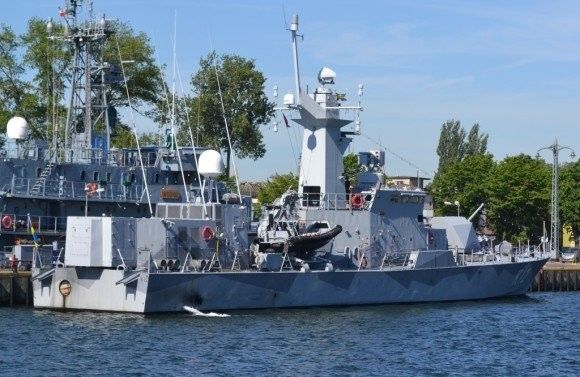Geopolitics
RAF AWACS Aircraft Guarding the Skies of Central Europe
British E-3D Sentry AWACS platform has been delegated to operate within the region defined as the NATO Eastern Flank. The decision is to increase the operational capabilities and provide surveillance of the Russian activities undertaken in the region.
The decision to delegate one of the six British E-3D AWACS (Airborne Warning And Control System) aircraft to Central Europe is a part of a wider plan, assuming that involvement of the NATO forces within the framework of provision of reassurance for the Eastern Flank is to be increased. RAF fighters have just began their rotation within the scope of the Baltic Air Policing operation, alongside the Portuguese F-16 jets. British Ministry of Defence also announced that HMS “Iron Duke” frigate is going to be involved in the Baltops 16 exercise. The vessel will be accompanied by four other ships of the Royal Navy.
READ MORE: Portuguese F-16 Falcons and RAF Typhoons Guarding the Baltic Airspace
Involvement of the British AWACS platform in the activities, the goal of which is to counteract the increasing intensity of the steps undertaken by Russia, may be interpreted as a signal of readiness expressed by London, within the scope of provision of support for the Central-European allies. It is also an action of relevant operational significance, since NATO, having 16 AWACS platforms operating from the Geilenkirchen Airbase in Germany at its disposal, intensively employs them for a variety of missions. These aircraft operate in the Balkans, monitoring the situation over Ukraine, as well as in Central Europe. However, above all, the E-3 platforms are being intensively used to monitor the Syrian crisis, along the Turkish border.
READ MORE: Royal Navy and Royal Air Force Supporting The NATO Eastern Flank
E-3D Sentry aircraft are capable to monitor any airborne targets within a radius of ca. 400 kilometers, providing effective control and awareness of the operational situation. Even a single additional airframe of this type remaining at the NATO’s disposal significantly improves the operational capacity. AWACS coming from national resources, e.g. of the French Air Force, have been also involved in the operational activities conducted over the Central Europe.

